Understanding the Different Types of Schemas and Categories
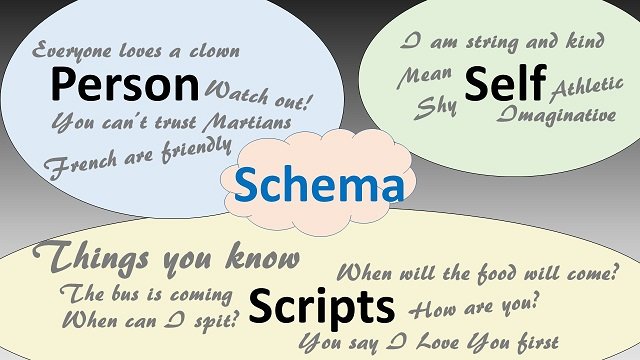
Image Source
A mental action normal to every one of us is that we store information about ourselves and about other individuals, occasions and places as schemas. A schema is an outlined and intelligent arrangement of interrelated insights that permits us rapidly to understand a person, circumstance, occasion or place based on the restricted information. Commonly, certain signals enact a schema and the schema at that point fills in missing subtle elements to give a rich arrangement of observations, understandings, and desires.
Kinds of Schema Processing
- Top-down
- Concept-driven
- Theory-driven
- Bottom-up
- Data-driven
These procedures quickly produce a general impression in light of previously established inclinations and earlier knowledge. The opposite is base up or data-driven preparing in which an impression is carefully assembled from discrete bits of information gathered straightforwardly from the prompt context. There are numerous kinds of the schema, all of which impact the encoding of new information, a memory of old information and surmisings about missing information.
Types of Schemas
- Person Schemas: Idiosyncratic schemas about particular individuals.
- Role Schemas: Knowledge structures about role occupants.
- Scripts Are schemas about occasions.
- Self-Schemas: Are schemas about your self.
- Content-free Schemas: Rules about how to process information.
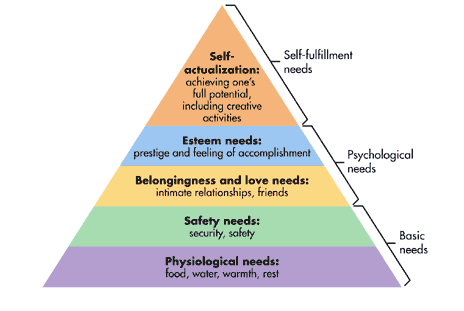
Image Source
Prototypes
To apply a specific schema, you first need to classify an example that fits. It may be a particular person, occasion or circumstance. A key inquiry is how would we recognize an occasion similar to an individual from one category, not another, and how would we psychologically sort out information about a category?
Research demonstrates that individuals see categories as accumulations of occasions that are not indistinguishable but rather have a general family likeness, categories are fluffy arrangements of related traits, called a prototype, as opposed to an inflexible agenda of fundamental characteristics. In spite of the fact that prototypes frequently speak to the average or ordinary category part, this may not generally be the case. Under a few conditions, for instance, when social categories are in a rivalry, the prototype might be an outrageous part.
Notwithstanding speaking to categories as prototypes, individuals may likewise speak to them as far as exemplars, particular solid examples they have experienced. What decides if we speak to a category as a prototype or an exemplar? As individuals turn out to be more acquainted with a category, they move from utilizing prototypes to exemplars.
Once a person, occasion or circumstance is ordered, the important schema is conjured. Schemas and prototypes are comparable and to be sure are regularly utilized reciprocally by social psychologists. One approach to recognize them is that prototypes are more shapeless and fluffy while schemas are significantly more sorted out.
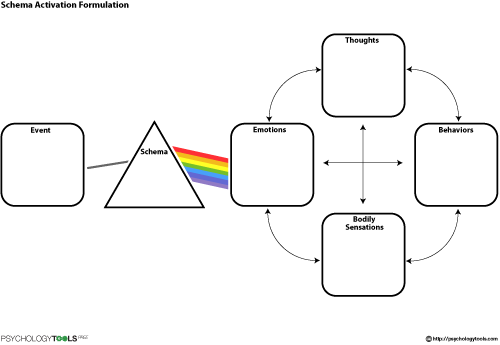
Image Source
Stereotypes
Stereotypes are basically schemas of social groups, and those connected to outgroups are ethnocentric and are frequently connected with bias, separation, and struggle between groups.
Attributes:
Stereotypes are rearranged images of individuals from a gathering, they are regularly disdainful when connected to outgroups, and they are frequently in view of, or make, clearly obvious contrasts between groups.
Stereotyping is a versatile psychological alternate way that enables one to shape fast impressions of individuals.
Stereotypes are not off base or wrong, and they might possibly have a piece of truth, however, the key point is that they serve to understand specific intergroup relations.
Because stereotypes are subjectively versatile they are ease back to change. When they do, it is for the most part in light of more extensive social, economic and political changes.
Some stereotypes are obtained at an early age, frequently before the child has any knowledge about the groups that are being stereotyped, while others take shape later in childhood, after age 10.
Stereotypes turn out to be more articulated and antagonistic when social pressures and struggle emerge amongst groups, and afterward they are to a great degree hard to change.
There is a regard in which stereotypes are more than schemas related with social categories. The real procedure of ordering can prompt perceptual twisting that lends stereotyping a portion of its unmistakable highlights. The renowned European social therapist Henri Tajfel contended that when we judge a stimulus we draw on all other information we accept may enable us to make the judgment. Depending on categories to clear up recognition is an extremely essential human activity, however, it additionally creates an across the board subjective perceptual inclination. Tajfel acquainted the term accentuation principle with depicting how we accentuate:
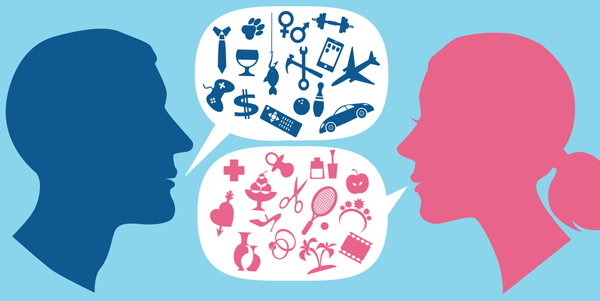
Image Source
Accentuation Principle
- Similarities among examples inside a similar category
- Differences between examples from various categories
- Differences between various categories in general.
This impact is upgraded when individuals are indeterminate about how to judge something, and when they surmise that what they are sorting is critical, applicable or significant. By and by, we tend to make a greater number of blunders inside a category than between categories.
A more profound comprehension of stereotypes requires perceiving that they are created by one gathering to describe another gathering and that they are closely associated with the idea of the relations between the groups included. In this regard, stereotypes are grounded in and maintained and molded by intergroup relations. They characterize personalities, diminish vulnerability and legitimize the status quo.
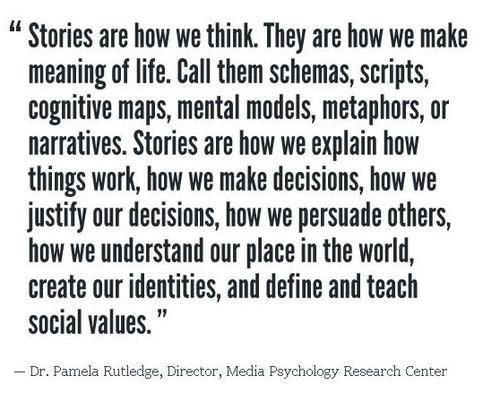
Image Source
References:
Schema (psychology)
Schema
Schema Theory: An Information Processing Model of Perception and Cognition
Concepts and Categories: Memory, Meaning, and Metaphysics
Conceptions of States and Traits: Dimensional Attributes With Ideals as Prototypes
Design Prototypes: A Knowledge Representation Schema For Design
Attitudes, Attributions and Social Cognition
Latent scope bias in categorization
Self-schema, task information, extrinsic reward, and intrinsic motivation
Stereotype Directionality And Attractiveness Stereotyping: Is Beauty Good or is Ugly Bad?
Posted from my blog with SteemPress : https://steemme.000webhostapp.com/2018/07/understanding-the-different-types-of-schemas-and-categories
Wow love it u r content is awesome how can u do this give me Some tips
Downvoting a post can decrease pending rewards and make it less visible. Common reasons:
Submit